For online information and ordering of this and other Manning books, please visit www.manning.com. The publisher offers discounts on this book when ordered in quantity. For more information, please contact
Special Sales Department Manning Publications Co. 20 Baldwin Road PO Box 761 Shelter Island, NY 11964 Email:
2017 by Manning Publications Co. All rights reserved.
No part of this publication may be reproduced, stored in a retrieval system, or transmitted, in any form or by means electronic, mechanical, photocopying, or otherwise, without prior written permission of the publisher.
Many of the designations used by manufacturers and sellers to distinguish their products are claimed as trademarks. Where those designations appear in the book, and Manning Publications was aware of a trademark claim, the designations have been printed in initial caps or all caps.
Development editor: Leslie TritesReview editor: Aleksandar DragosavljeviTechnical development editors: Nick Watts, Michael WilliamsProject editor: Kevin SullivanCopyeditor: Linda RecktenwaldProofreader: Melody DolabTechnical proofreader: Johan PretoriusTypesetter: Dottie MarsicoCover designer: Marija Tudor
Preface
I fell in love with the web way back in my teenage years. And like every teenage love, this one had an enduring impact on me. The idea of having the web as this almost anarchic way of publishing, carrying open thoughts and free speech and allowing everybody to raise their voice (for good and for bad) fascinated me. And it allowed me to transform from a consumer into a producer.
Digging the video game series Dragon Quest led me to spend around 11 years publishing over 1,500 pages of strategy guides online. A passion for literature and films prompted me to publish my thoughts in podcasts over the course of four years. And rumor has it that there are prototypes of unfinished video projects somewhere on my hard disk backups that thankfully never saw the light of day. Any hobby, any obsession of mine found a way onto the web. And the web was always kind enough to show great acceptance of my work.
It was not until 2010the day Nintendo called (literally)that I realized my biggest hobby was actually not one of the several topics I had created content for. I was offered the chance to extend my writing on video games for a variety of products. While I was flattered, honored, and highly motivated to do so, I quickly realized that I would never be able to provide the same quality for projects that I didnt care as much about. But I could enable others by focusing on the common denominator for all the projects Id worked on: the technologies running these websitesHTML, CSS, and JavaScript.
I quit my day job as a scientist in the field of image processingwhich I never actually likedand called myself a web developer from that day on. I was lucky enough to get hired by a local web agency and finally get paid for the work I loved so much. That was by far the best decision Ive ever made. Shortly after, I had the opportunity to lead some of the best front-end development teams you can find on the planet. The thing that I found the most challenging with all of them was bringing code conventions, project structure, and automation to every team member in the most efficient and unobtrusive manner. These technologies should be a joy to use, not a chore. We tried many things, but had the first real breakthrough when tools like Yeoman came on the scene. From then on, every new project needed a good setup with a JavaScript build tool, a dependency manager, and a scaffolding tool.
With this book, my long relationship with the web has come full circle. It takes my love for publishing on the web to a meta level by publishing about web technologiesnot only on the web, but in print, a thing that was unimaginable for me years ago.
The webs impact on me continues to this day. Through it, Ive found friends all over the world. It has given me the chance to travel to other cities and countries. And it was even the way I found my wife. I look forward to the things to come.
Acknowledgments
You might think that writing a book is one of the loneliest occupations possible. The reality is quite the opposite.
Of all the persons involved, Lesley Trites deserves first mention. As my development editor at Manning, she provided invaluable feedback and proved to be the perfect companion on my writing endeavors. She single-handedly taught me how to write. If it werent for her, this book would not be in the shape it is right now.
Speaking of people at Manning, my technical editors Johan Pretorious and Nick Watts were a joy to work with! Thank you for sanity-checking my ideas.
Thanks also to the reviewers who contributed valuable feedback throughout the writing process: Andy Knight, David DiMaria, Giancarlo Massari, Harinath Mallepally, Jason Gretz, Jeroen Benckhuijsen, Johan Pretorius, Mario Ruiz, Nikander and Margriet Bruggeman, Palak Mathur, Tanya Wilke, Unnikrishnan Kumar, and Zorodzayi Mukuya.
Alexander Zaytsev, Lars Johansen, and Jens Klinger held the spirit of open source high and kept improving my Gulp examples on GitHub as the book progressed.
Addy Osmani taught me everything I know about front-end workflows. I learned open source through the guidance of Sebastian Gierlinger and Blaine Bublitz.
Thomas Pink and Thomas Heller are not only the best colleagues imaginable, but also kept improving my build tool skills by asking the right questions. Their urge for improvement and their concrete real-world examples provided context and a solid foundation for this book.
Cheers to my Working Draft podcast friends Christian Schaefer, Peter Krner, Rodney Rehm, Anselm Hannemann, and Hans-Christian Reinl, who are always up for fun and challenging discussions and gave me necessary looks over the rim of the teacup. The same goes for the rest of the Klassenfahrt gang: Fabian Beiner, Sven Wolfermann, Sebastian Golasch, Der Pepo, Robert Weber, Marc Hinse, Bianca Kastl, Joschi Kuphal, Marc Thiele, Khalil Lechelt, Frederic Hemberger, Tobias Baldauf, Tom Arnold, and Maik Wagner. Without you, I would have never come this far.
People imagine that writers of romance spend weeks and weeks writing in a chalet in the French Provence. To satisfy the clich, I was glad to be hosted by my parents-in-law, Hans and Marianne, every other weekend at their house in the Austrian Innviertel. I also want to thank my parents, Hans and Rosi, for taking care of me on the weekends in between. Thank you all for your support!
Last, but not least, I want to thank my wonderful wife, Doris. Her patience, love, and care are second to none. Doris, I owe you a lot.

![Stefan Baumgartner [Stefan Baumgartner] Front-End Tooling with Gulp, Bower, and Yeoman](/uploads/posts/book/120519/thumbs/stefan-baumgartner-stefan-baumgartner-front-end.jpg)
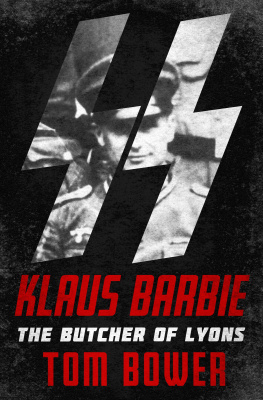
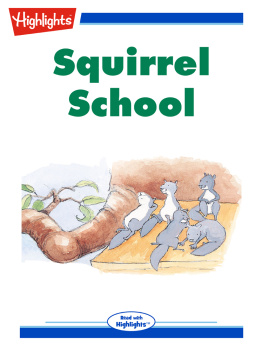
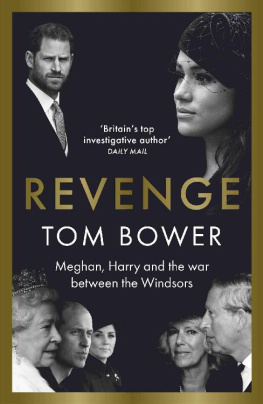

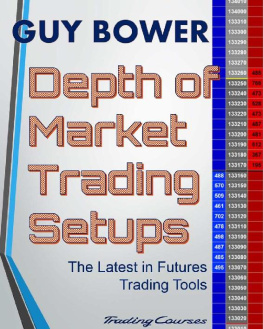


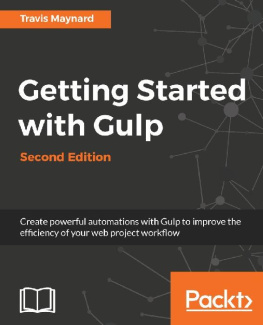

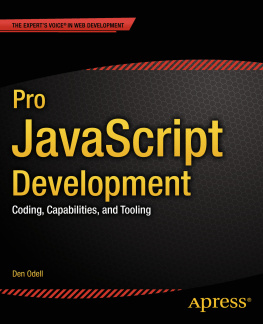
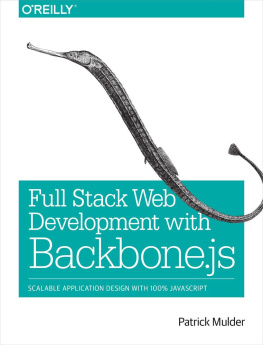


 Recognizing the importance of preserving what has been written, it is Mannings policy to have the books we publish printed on acid-free paper, and we exert our best efforts to that end. Recognizing also our responsibility to conserve the resources of our planet, Manning books are printed on paper that is at least 15 percent recycled and processed without the use of elemental chlorine.
Recognizing the importance of preserving what has been written, it is Mannings policy to have the books we publish printed on acid-free paper, and we exert our best efforts to that end. Recognizing also our responsibility to conserve the resources of our planet, Manning books are printed on paper that is at least 15 percent recycled and processed without the use of elemental chlorine.